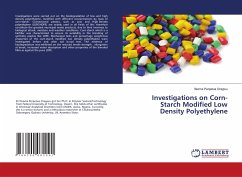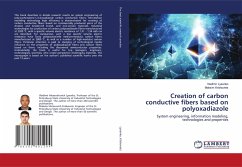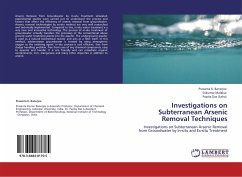Modern industries employ several gases/liquids as process fluids. Leakage of these fluids in the operating area could lead to undesirable consequences. Even in chemical industries,which use large quantities of inert gases such as nitrogen, argon etc. in confined areas,leakage of these process gases would result in the reduction of oxygen in air.For example, large amounts of gaseous nitrogen and argon are used in pharmaceutical industries, operating area of Fast Breeder reactors,etc. Fall of concentration of oxygen in air below 17 % could lead to asphyxiation of the operating personnel. When the leaking gas is of explosive nature, its damage potential would be very high when its level in air increases beyond its explosive limit. Similarly,when adequate precautions are not undertaken by the chemical manufacturing industries, toxic gases could be emitted into the environment leading to pollution with consequent health hazard to the general public. Many of the pollutants have very low threshold limit values (TLV), generally in the range of ppm levels. Surveillance of the ambient within these industries for both oxygen and trace gases can be done by sensitive and selective gas sensors.








